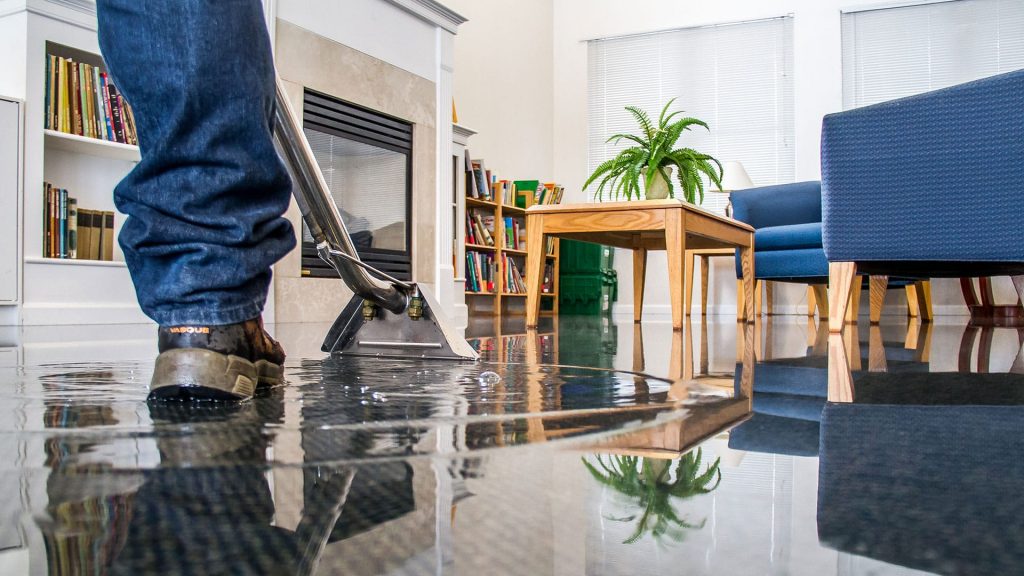Do's & Don'ts of Water Damage.
Do's & Don'ts of Water Damage.
Blog Article
This great article listed below in relation to What You Can Do At Home To Prevent Fire And Water Damage is fairly informative. Don't skip it.

Water offers life, water breach on parts where it's not meant to be can result in damages. It can peel off away surface areas as well as erode the foundation if the water saturates right into your framework. Mold and mold additionally grow in a moist atmosphere, which can be unsafe for your health and wellness. Residences with water damages scent old as well as mildewy.
Water can come from several resources such as tropical storms, floods, ruptured pipes, leaks, as well as sewer problems. In case you experience water damages, it would be great to understand some security preventative measures. Here are a couple of standards on how to take care of water damages.
Do Prioritize Residence Insurance Policy Insurance Coverage
Water damages from flood because of heavy winds is seasonal. However, you can additionally experience an unexpected flood when a defective pipeline suddenly ruptures into your home. It would be best to have residence insurance coverage that covers both acts of God such as natural catastrophes, as well as emergencies like damaged plumbing.
Don't Forget to Shut Off Utilities
In the event of a catastrophe, particularly if you live in a flood-prone area, it would certainly be advisable to shut off the main electric circuit. This removes power to your entire house, preventing electric shocks when water is available in as it is a conductor. Do not fail to remember to turn off the major water line valve. When floodwaters are high, furnishings will certainly move as well as create damage. Having the primary shutoff turned off stops more damages.
Do Keep Proactive as well as Heed Weather Condition Notifies
Storm floods can be really uncertain. Remain aggressive and ready if there is a history of flooding in your area. If you live near a lake, creek, or river , listen to discharge warnings. Get prized possessions from the ground floor and also basement, after that placed them on the highest feasible level. Doing so lowers prospective residential property damage.
Do Not Disregard the Roof
You can stay clear of rainfall damages if there are no openings and leakages in your roofing. This will prevent water from flowing down your wall surfaces and also soaking your ceiling.
Do Take Note Of Tiny Leaks
A burst pipeline does not take place overnight. Usually, there are red flags that show you have damaged pipes in your house. You might notice gurgling paint, peeling wallpaper, water touches, water stains, or dripping audios behind the wall surfaces. Eventually, this pipe will rupture. Ideally, you must not wait on things to escalate. Have your plumbing fixed prior to it leads to enormous damage.
Don't Panic in Case of a Ruptured Pipeline
When it comes to water damages, timing is crucial. Thus, if a pipeline bursts in your residence, promptly closed off your primary water shutoff to reduce off the source. Call a trusted water damages remediation professional for assistance.
Water gives life, water intrusion on parts where it's not intended to be can result in damage. Residences with water damage smell old and musty.
Water damages from flooding charges to heavy winds is seasonal. You may observe gurgling paint, peeling wallpaper, water streaks, water discolorations, or dripping sounds behind the walls. When it comes to water damage, timing is crucial.
Some Do's & Don't When Dealing with a Water Damage
DO:
Make sure the water source has been eliminated. Contact a plumber if needed. Turn off circuit breakers supplying electricity to wet areas and unplug any electronics that are on wet carpet or surfaces Remove small furniture items Remove as much excess water as possible by mopping or blotting; Use WHITE towels to blot wet carpeting Wipe water from wooden furniture after removing anything on it Remove and prop up wet upholstery cushions for even drying (check for any bleeding) Pin up curtains or furniture skirts if needed Place aluminum foil, saucers or wood blocks between furniture legs and wet carpet Turn on air conditioning for maximum drying in winter and open windows in the summer Open any drawers and cabinets affected for complete drying but do not force them open Remove any valuable art objects or paintings to a safe, dry place Open any suitcases or luggage that may have been affected to dry, preferably in sunlight Hang any fur or leather goods to dry at room temperature Punch small holes in sagging ceilings to relieve trapped water (don't forget to place pans beneath!); however, if the ceiling is sagging extremely low, stay out of the room and we'll take care of it DO NOT:
Leave wet fabrics in place; dry them as soon as possible Leave books, magazines or any other colored items on wet carpets or floor Use your household vacuum to remove water Use TV's or other electronics/appliances while standing on wet carpets or floors; especially not on wet concrete floors Turn on ceiling fixtures if the ceiling is wet Turn your heat up, unless instructed otherwise

I ran across that piece on Safety Tips To Prevent Fire And Water Damage when scouting around the web. Do you know about somebody who is looking into Reducing Your Risk Of Water And Fire Damage At Home? Do not hesitate to share it. I praise you for your time. Don't forget to stop by our website back soon.
Report this page